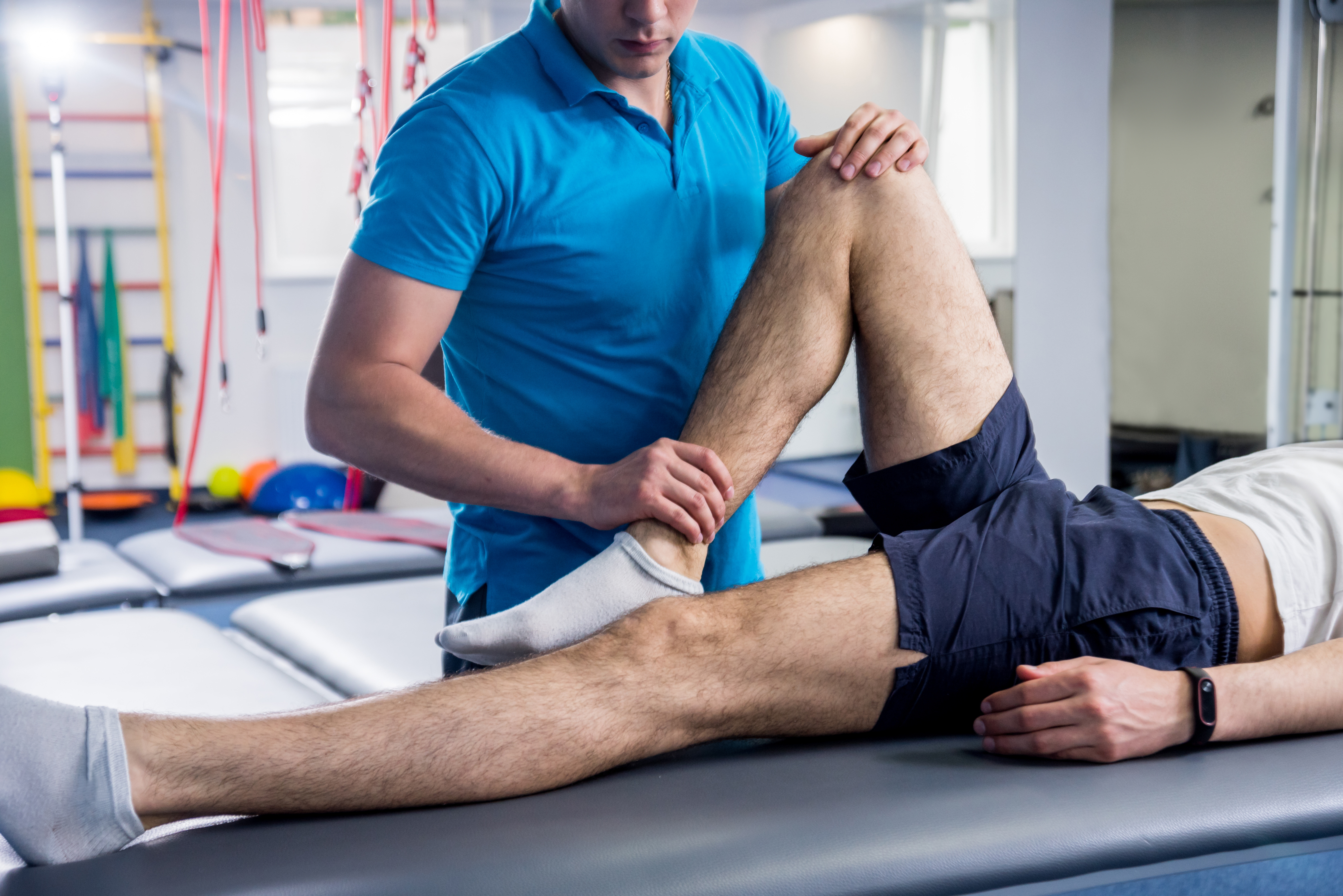Frequently Asked Questions
After knee replacement surgery, it is crucial to engage in a structured rehabilitation program to enhance range of motion and promote optimal recovery. Recommended exercises include heel slides, which involve sliding the heel towards the buttocks while lying down to improve knee flexion. Quadriceps sets, where the patient tightens the thigh muscles while keeping the leg straight, help in strengthening the quadriceps and improving knee extension. Ankle pumps, performed by flexing and extending the ankle, aid in circulation and reduce swelling. Straight leg raises, executed by lifting the leg while keeping the knee straight, enhance quadriceps strength and knee stability. Seated knee extensions, where the patient extends the knee while sitting, further improve knee extension and flexibility. Stationary cycling, with the seat adjusted to allow for comfortable pedaling, can also be beneficial for increasing joint mobility and endurance. It is essential to perform these exercises consistently and under the guidance of a physical therapist to ensure proper technique and avoid complications.
Aquatic therapy offers significant benefits for patients recovering from shoulder surgery by utilizing the buoyancy, resistance, and hydrostatic pressure of water to enhance rehabilitation. The buoyancy reduces gravitational forces, allowing for decreased joint stress and facilitating a greater range of motion without pain. This environment enables patients to perform exercises that might be too difficult on land, promoting early mobilization and improving flexibility. The resistance provided by water aids in strengthening the rotator cuff and surrounding musculature, enhancing muscle endurance and stability. Additionally, the hydrostatic pressure helps reduce swelling and improve circulation, accelerating the healing process. The warm water temperature can also alleviate pain and muscle spasms, providing a soothing effect that encourages relaxation and compliance with therapy. Overall, aquatic therapy serves as an effective modality for improving functional outcomes and expediting recovery in post-operative shoulder patients.
The typical timeline for returning to sports after ACL reconstruction generally spans 6 to 12 months, depending on various factors such as the type of graft used, the athlete's adherence to rehabilitation protocols, and the presence of any additional injuries. Initially, the focus is on reducing swelling and regaining range of motion, followed by progressive strengthening exercises targeting the quadriceps, hamstrings, and core muscles. Around the 3-month mark, athletes often begin sport-specific drills and proprioceptive training to enhance neuromuscular control. By 6 months, many individuals engage in more dynamic activities, including plyometrics and agility drills, under the guidance of a physical therapist. Return-to-sport criteria typically include achieving at least 90% strength symmetry, passing functional tests such as the single-leg hop test, and demonstrating psychological readiness. Surgeons and rehabilitation specialists may use tools like the IKDC or KOOS to assess knee function and ensure the athlete is prepared for the demands of their specific sport.
Physical therapy plays a crucial role in managing pain after spinal fusion surgery by promoting mobility, enhancing strength, and improving flexibility, which are essential for recovery. Through targeted exercises, physical therapists help patients regain range of motion and reduce stiffness in the spine, which can alleviate discomfort and prevent muscle atrophy. Techniques such as manual therapy, neuromuscular re-education, and proprioceptive training are employed to enhance spinal stability and support the fusion site. Additionally, modalities like transcutaneous electrical nerve stimulation (TENS) and ultrasound therapy may be used to decrease inflammation and provide pain relief. By focusing on core strengthening and postural correction, physical therapy aids in minimizing compensatory movements that could lead to further pain or injury. Overall, a personalized rehabilitation program not only addresses acute postoperative pain but also facilitates long-term functional recovery and enhances the quality of life for patients following spinal fusion surgery.
Electrical stimulation plays a crucial role in post-surgical rehabilitation following hip arthroscopy by enhancing neuromuscular re-education, reducing muscle atrophy, and promoting pain management. This therapeutic modality utilizes neuromuscular electrical stimulation (NMES) to activate motor neurons, thereby facilitating muscle contraction and improving muscle strength in the hip abductors and extensors, which are often weakened post-operatively. Additionally, transcutaneous electrical nerve stimulation (TENS) is employed to modulate pain perception by stimulating sensory nerves, which can lead to increased patient compliance with rehabilitation protocols. By improving blood circulation and reducing edema, electrical stimulation aids in accelerating tissue healing and recovery. Furthermore, it assists in restoring joint proprioception and functional mobility, which are critical for regaining full range of motion and preventing compensatory movement patterns. Overall, electrical stimulation serves as an adjunct to physical therapy interventions, optimizing outcomes in the rehabilitation process after hip arthroscopy.

